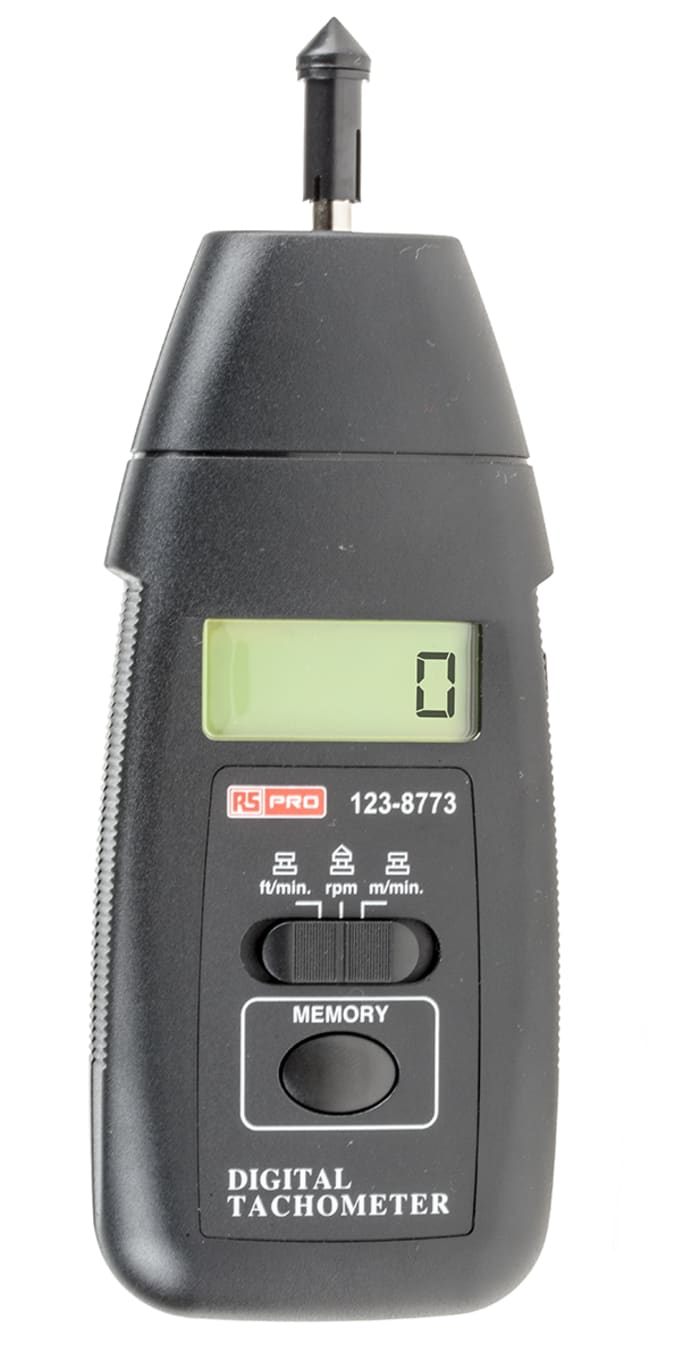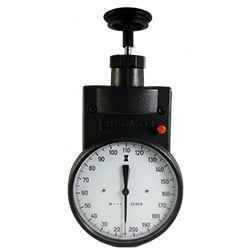How to Choose the Right Tachometer for Your Vehicle or Motorbike
Wiki Article
Exploring the Functions and Benefits of a Tachometer: A Comprehensive Guide for Auto Enthusiasts
From supplying real-time data on engine speed to aiding in optimizing equipment shifts, the tachometer serves as even more than simply a dial on the dashboard. Its multifaceted features not only enhance driving experience yet likewise play a critical role in preserving engine health and performance.Comprehending the Basics of a Tachometer
In the realm of auto instrumentation, comprehending the basics of a tachometer is crucial for any kind of automobile enthusiast aiming to dig right into the ins and outs of engine performance surveillance. A tachometer, typically displayed on the control panel of a vehicle, gauges the engine's revolutions per min (RPM) This essential tool offers real-time information on how quickly the engine crankshaft is rotating. By checking the RPM, chauffeurs can guarantee they are operating within the ideal range to make the most of efficiency and efficiency.Tachometers commonly have a scale marked in changes per min, with a redline indicating the maximum rate at which the engine can securely run (tachometer). This information is important for stopping engine damages and optimizing gear changing for hand-operated transmissions. Additionally, tachometers can help in detecting engine concerns such as misfires or a failing ignition system by finding uneven RPM analyses
Relevance of Monitoring Engine Speed

Keeping track of engine rate is an essential element of car maintenance and efficiency optimization for automobile lovers and experts alike. The engine speed, gauged in transformations per minute (RPM), shows exactly how fast the engine's crankshaft is revolving. By keeping a close eye on the RPM, drivers can make certain that the engine is operating within the optimal variety, avoiding possible damage from over-revving or delaying. Keeping an eye on engine speed is specifically important throughout gear changes, as it assists vehicle drivers figure out the right time to transform gears for smooth velocity and efficient fuel intake.
In addition, tracking engine speed can additionally give valuable understandings right into the total wellness of the lorry. On the whole, monitoring engine rate with a tachometer is a basic technique that can boost driving efficiency, extend engine life, and guarantee a safer and more enjoyable driving experience.
Enhancing Performance Via Equipment Shifts
Enhancing performance through critical equipment shifts is a key aspect of optimizing an automobile's efficiency and power output. Correct gear shifting makes certain that the engine runs within its optimal power band, allowing for smooth velocity and enhanced gas economic situation. When moving gears, it is critical to take note of the engine speed showed on the tachometer. By keeping an eye on the engine revolutions per min (RPM), chauffeurs can determine one of the most suitable moments to upshift or downshift for ideal performance.
To achieve peak performance with equipment changes, vehicle drivers should practice smooth and timely shifts in between equipments, matching engine rate with roadway rate to harness the complete possibility of their vehicle's powertrain.
Maximizing Efficiency With a Tachometer
Grasping the art of gear moving in high-performance automobiles not only improves driving experience however likewise plays a critical duty in making the most of efficiency with a tachometer. tachometer. By paying close interest to the tachometer readings, motorists can enhance their gear shifts to operate within the engine's most efficient range. When increasing, changing equipments at the ideal RPM suggested by the tachometer can stop the engine from exhausting or underperforming, resulting in improved fuel performance and total efficiencyFurthermore, a tachometer assists chauffeurs avoid unnecessary revving, which not just throws away gas however also places unneeded stress on the engine. Regularly monitoring the tachometer while driving enables smoother equipment shifts, decreasing wear and tear on the transmission system with time.

Advanced Tips for Tachometer Utilization
Your Domain Name To dive into advanced tips for tachometer utilization, think about integrating the use of shift lights. Shift lights are visual indicators that illuminate when it's time to shift equipments based on engine changes per min (RPM), permitting for smooth gear modifications without continuously keeping track of the tachometer. By fine-tuning change factors and establishing alerting thresholds, chauffeurs can enhance velocity and engine efficiency while decreasing the danger of over-revving.Final Thought
In verdict, the tachometer serves as an essential device for cars and truck enthusiasts to check engine rate, enhance performance with gear changes, and maximize performance. By comprehending the features and advantages of a tachometer, drivers can maximize their try these out driving experience and extend the life-span of their vehicle. Using advanced pointers for tachometer usage can further enhance driving skills and general efficiency when traveling.Report this wiki page